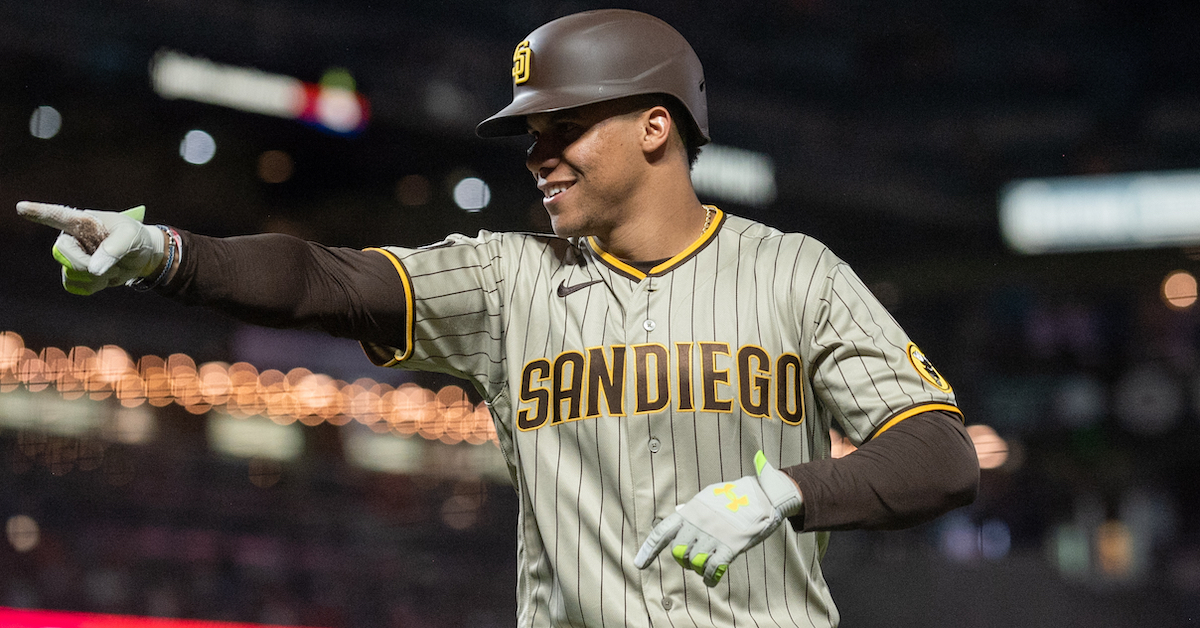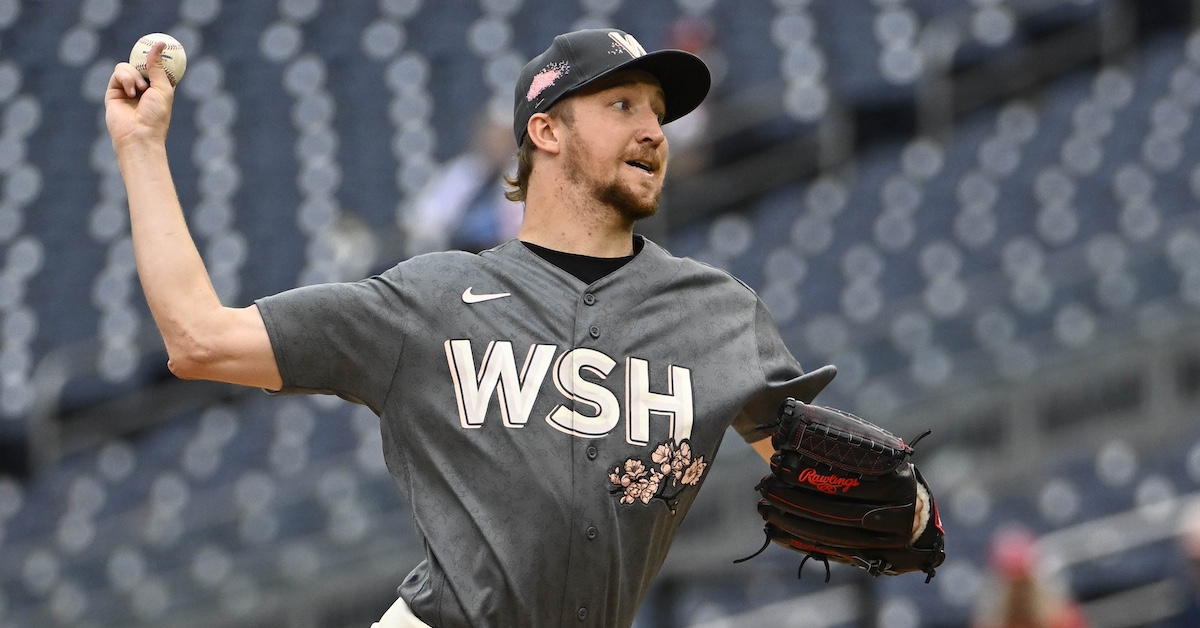García, Cimber, and Tonkin Join New Bullpens on One-Year Deals

While looking back at the free agent signings I covered last winter, I noticed a bit of a pattern. On the same day Aaron Judge came to terms on a nine-year, $360 million deal with the Yankees, I wrote about Miguel Castro. On the same day Brandon Nimmo agreed to a $162 million deal with the Mets, I wrote about Matt Strahm. On the same day Yu Darvish and Bo Bichette signed contract extensions, I wrote about Pierce Johnson and Scott McGough. While the rest of the baseball world was focused on All-Stars and mega-million-dollar contracts, I found myself drawn to mid-tier relievers on small-scale deals.
We’re not farming for clicks here at FanGraphs, and I’m grateful to write for a website where I never have to come up with hot takes or misleading headlines. Thankfully, I’ve never been asked to write about one weird trick for evading the luxury tax or why dermatologists hate Gabe Kapler. Still, it’s nice when others read your work, and as much as I love them, I know middle relievers don’t rack up pageviews like middle-of-the-order bats. While I have a weakness for run-of-the-mill bullpen arms — the more ordinary the better — I know I need to resist the pull.
“Leo,” I said to myself when the offseason began. “You can’t write about so many relievers this winter. You wrote about Joely Rodríguez last year. Maybe this time you cover Eduardo Rodriguez instead?”
Flash forward to the final day of the Winter Meetings, and I’m here to write about Luis García, Adam Cimber, and Michael Tonkin. Like the 2020 Phillies, you could say I have a bullpen problem. Read the rest of this entry »









